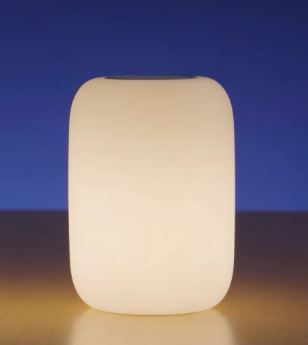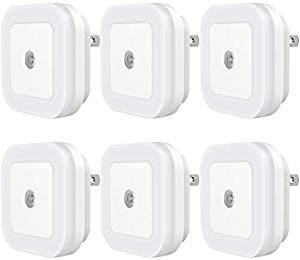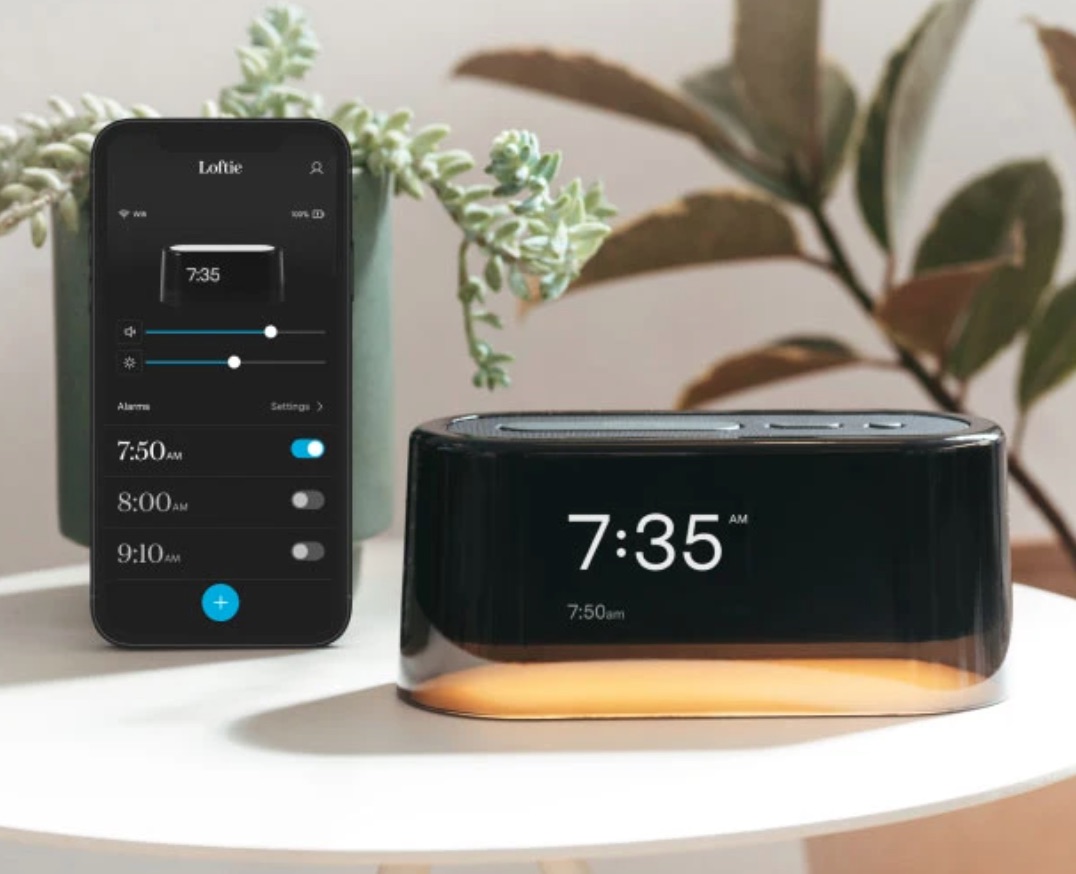An innovative nightlight from the creators of Casper mattresses, the Casper Glow Light is engineered to help you fall quickly into a restorative sleep. At night, the Glow prepares your body for bed with a warm light that dims gradually to help you power down. As the sun rises, the light slowly fills the room with a gentle light to help you awaken. The nightlight also features an ambient light sensor that gages the brightness of the room before you turn it on, preventing you from disrupting a sleeping partner with the sudden appearance of bright light.
With a 5.25-inch height and a 4-inch base diameter, the Casper Glow Light is a tall, portable cylinder with a durable polycarbonate shell. The light comes with a built-in gyroscope that lets you twist the nightlight to adjust the brightness. The nightlight charges wirelessly and can pair with a free mobile app that lets you adjust light settings and schedule sleep-wake times via a bluetooth connection.
Casper backs the Glow Light with a 30-night sleep trial and a six-year warranty. The company ships free to the continental U.S. and Canada.
Good For:
- Adults and children
- Those seeking deeper, more restorative sleep
- Those who use an alarm clock



